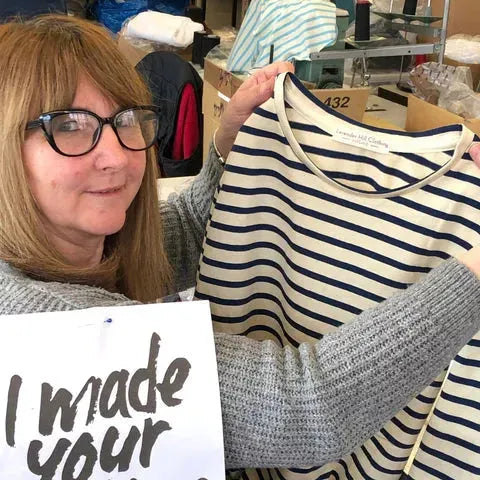
A Wardrobe Not to Die For

The Rana Plaza garment factory collapse in Bangladesh made headlines all over the world. It was an absolute tragedy on an epic scale: eight floors of a commercial building collapsed, trapping hundreds of garment workers under tonnes of concrete rubble. More than 1100 people died that day, victims of an insatiable demand for cheap textiles.
High quality garments are usually manufactured in Europe, Latin America and the US, but the high fashion items we see in discount stores and online are more likely to be manufactured in Asian countries such as China, India and Bangladesh. Here supplies can turn around huge quantities of clothes and have them shipped and ready to be sold within a couple of months, for an ultra low price. But there is always a price to pay, and in the case of the Rana Plaza factory collapse, the price was much too high.
The Rana Plaza Tragedy
The day before the Rana Plaza collapse, serious cracks were spotted in the large reinforced concrete pillars surrounding the building. An engineer came to inspect the cracks and promptly declared the building unsafe. All of the workers were sent home. Time is money, though, and unwilling to face financial penalties for delayed orders, the very next day management of the five garment factories within the Rana Plaza declared the building safe.
The workers were nervous, but most could not afford to risk losing their job, so they filed into the building. Within a very short time, the lights went out. Generators kicked in and almost immediately, a concrete pillar gave way and the floors of the building began to collapse down one side. Some survivors crawled out from under the rubble; others had to wait to be rescued. Many more were not so lucky.
Is the Clothing Industry to Blame?
It is easy to blame local corruption and a lack of building controls for the Rana Plaza tragedy, but the truth is the clothing industry is really to blame. Big foreign brands, driven by profit margins, worked hard to drive down prices in the factories and somewhere something had to give. Even now, more than a year later, despite the fact that big brands with links to Bangladesh accept some of the responsibility for what happened, many have been reluctant to get involved with initiatives to put things right.
Value for Money
As consumers, keen to own the latest fashions, we want value for money. This means we shop in cheap high street stores and buy from online discount fashion retailers without giving a second thought to how and where such clothing is manufactured. But we should, because the decisions we make influence the decisions made by big name brands in the fashion industry.
Clothing made in England by Lavender Hill Clothing is ethically sourced. Unlike cheap discount fashion garments, ethical clothing is made in Europe and the US rather than Asia. The supply chain is closely monitored for quality and raw materials are environmentally friendly.
It’s Your Choice
We all have choices. Don’t just buy the cheapest garments. Instead make sure the brand adheres to fair labour standards. The more people who do this, the more likely the big brands are to sit up and take notice.
Image from: http://www.theguardian.com/world/2014/jun/26/rana-plaza-factory-victims-uk-ministers-compensation


